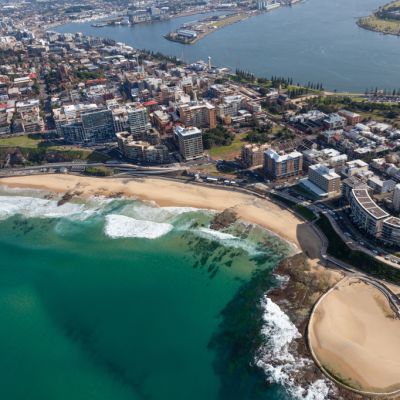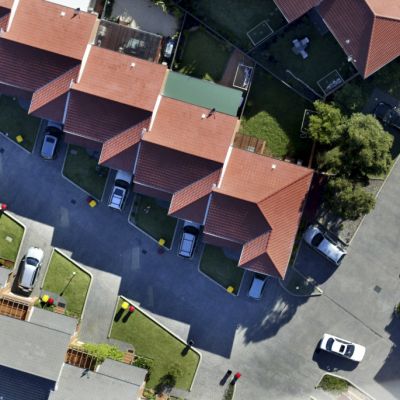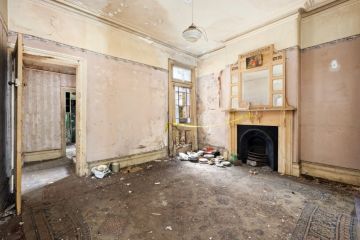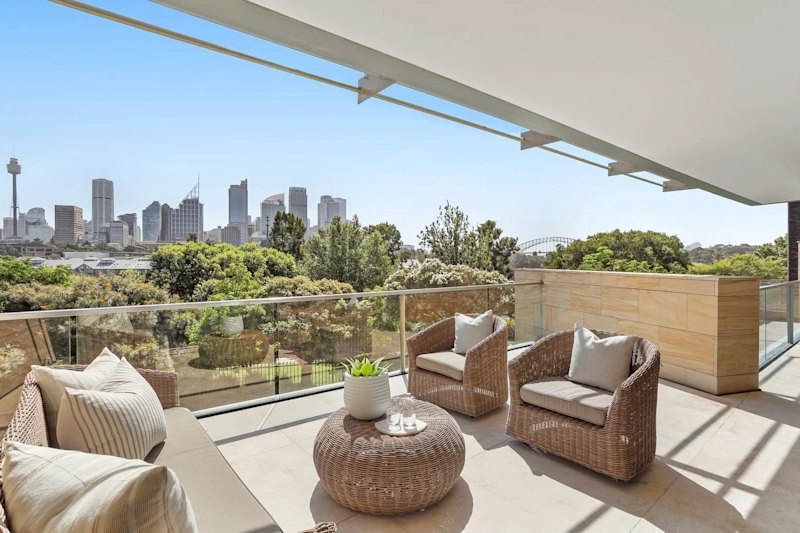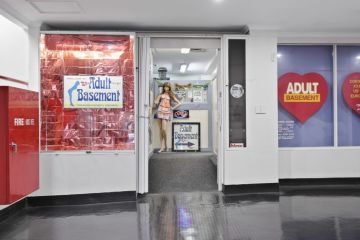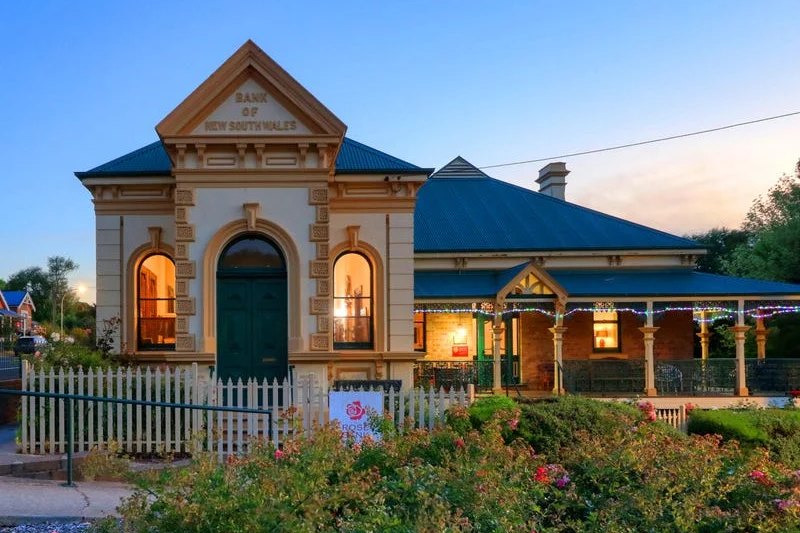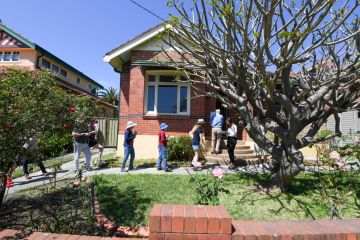City dwellers could halve their mortgage if they moved to the country, says report

Residents of outer suburbs in some of Australia’s biggest cities would be financially better off living in regional centres, new research suggests.
City dwellers could take a slight pay cut to drastically reduce their mortgage by moving to regional towns, according to a new Regional Australia Institute report, released on Wednesday.
The institute’s co-chief executive Dr Kim Houghton said the ratio of house prices to average income was a good measure for people who are considering the move.
“Many home owners in our state capitals are paying double the mortgage of their regional city counterparts, but have a similar average wage,” Dr Houghton said.
According to the report, the average outer suburban Sydney worker earns $80,088, slightly more than the $71,281 pay packet of their regional city counterpart.
But the cost of an average house would be halved by making a tree change, with an outer Sydney suburban house costing $1,006,105 compared to just $500,967 in regional centres.
On average, the commuting distance would remain the same at nearly 17 kilometres.
Key economic indicators in Sydney and select NSW regional centres, 2016
| Population | Income ($) | Unemployment (%) | House sales value ($) | Commute distance (km) | |
| Inner city | 1,087,300 | 101,918 | 5.03 | 1,844,645 | 8 |
| Outer suburbs | 3,594,500 | 80,808 | 6.26 | 1,006,105 | 16.6 |
| Included regional centres | 1,499,497 | 71,281 | 6.36 | 500,967 | 16.8 |
| Source: ABS Census, Regional Australia Institute | |||||
Melbourne followed a similar pattern. In the Victorian capital, the average outer suburban worker earns $75,067 compared to $59,396 for their regional counterparts.
Moving out of the city would offer houses at less than half the price, dropping from $776,276 in Melbourne’s outer suburbs to $344,365 in a regional centre.
The commuting distance would be reduced slightly, by 1.3 kilometres.
Key economic indicators in Melbourne and select Victorian regional centres, 2016
| Population | Income ($) | Unemployment (%) | House sales value ($) | Commute distance (km) | |
| Inner city | 1,156,602 | 85,016 | 6.69 | 1,154,287 | 9.5 |
| 3,402,091 | 75,067 | 6.79 | 776,276 | 17.6 | |
| Included regional centres | 709,924 | 59,396 | 6.79 | 344,365 | 15.9 |
| Source: ABS Census, Regional Australia Institute | |||||
“If you’re paying too much for your mortgage and spending too much time commuting then it’s time to think of getting out,” Dr Houghton said, adding many Sydneysiders had already made the shift to regional Australia.
“We’re already there if you look at the flows of people within Australia,” he said. “More people are leaving Sydney than moving to it over the past few years. People are voting with their feet.”
Demographer Simon Kuestenmacher agreed that many capital cities have already passed that tipping point.
“[People] would be able to live a better life in these regional cities, without a doubt,” said Mr Kuestenmacher, who is the director of research at The Demographics Group. “They would probably take an income cut but their housing cost would be cheaper and would cut their commuting time.
“They would win back more life in a regional city.”
He said the main challenge in encouraging population growth in regional centres is job growth as these towns already suffered from labour shortages.
“It is very hard to convince new jobs to go there. Your labour pool is smaller than Sydney or Melbourne. You do take a gamble as a small business moving to a regional centre,” Mr Kuestenmacher said.
Dr Houghton said while liveability in regional towns needed to meet people’s expectations – including access to education, health and cultural vitality – many were doing well and suffered from a perception problem.
“We’re stuck in a negative story of regional Australia. A lot of people think regional Australia is overwhelmingly in decline at the moment,” he said.
“There’s no doubt some places are doing it hard because of the drought, but there are other parts that aren’t so badly affected … [and] a lot of jobs that need filling in the regions.”
Perth residents could also find cheaper housing in regional WA.
The average worker living in Perth’s outer suburbs earns $76,727 compared to $68,723 for their regional counterparts.
The trade-off would cut their housing cost with the average outer Perth house valued at $524,895 compared to regional houses at $378,319.
But the average commuting distance in regional WA centres would edge up by 1.8 kilometres.
Key economic indicators in Perth and select WA regional centres, 2016
| Population | Income ($) | Unemployment (%) | House sales value ($) | Commute distance (km) | |
| Inner city | 596,730 | 82,611 | 7.37 | 755,042 | 9.9 |
| Outer suburbs | 1,390,530 | 76,727 | 8.28 | 524,895 | 17 |
| Included regional centres | 380,490 | 68,723 | 8.15 | 378,319 | 18.8 |
| Source: ABS Census, Regional Australia Institute | |||||
It was a slightly different scenario in Brisbane, though, with the average outer Brisbane worker earning about the same income as their regional counterpart, at $69,799 compared with $68,912 respectively.
Average house prices would be more expensive if outer Brisbane residents made the switch, rising from $415,142 in the outer suburbs to $468,171 in regional cities.
Key economic indicators in Brisbane and select Queensland regional centres, 2016
| Population | Income ($) | Unemployment (%) | House sales value ($) | Commute distance (km) | |
| Inner city | 1,176,807 | 83,720 | 6.8 | 638,500 | 11.5 |
| Outer suburbs | 1,091,742 | 69,799 | 8.02 | 415,142 | 19.4 |
| Included regional centres | 1,863,324 | 68,912 | 7.64 | 468,171 | 16.9 |
| Source: ABS Census, Regional Australia Institute | |||||
The research comes as a separate study showed the popularity of suburbia, which is particularly in demand from older Australians.
A three-bedroom, stand-alone dwelling in the middle or outer suburbs of a capital city is the most common type of housing demanded by Australians over the age of 55, a survey from the Australian Housing and Urban Research Institute of 2400 older Australians found.
Small regional towns were also popular with respondents aged between 55 and 74, while those 75 and over were more likely to prefer the inner suburbs.
The AHURI report called for better matching of new housing supply to aspirations, warning current patterns do not meet the needs of older Australians with too many apartments and large stand-alone homes and not enough mid-sized dwellings.
With Elizabeth Redman
We recommend
We thought you might like
States
Capital Cities
Capital Cities - Rentals
Popular Areas
Allhomes
More
- © 2025, CoStar Group Inc.
